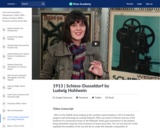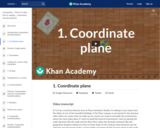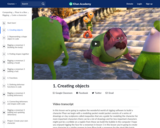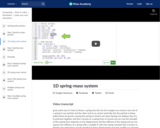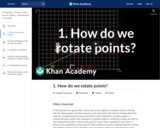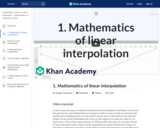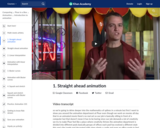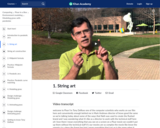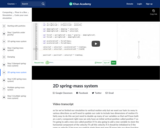Short Histories of Major Art Movements and Select Artists from ART 305
Short Description:
Part textbook, part shared knowledge, this book is the co-creation of the instructor and students of Red Deer Polytechnic's ART 305, 19th Century European Art History class.
Long Description:
What happens when a class shares their collective knowledge about their subject, rather than hiding it away and stuffing it down in individual memory? A textbook that is formed by the meeting of the minds!
As part of the ART 305 19th Century European Art History move to online during the pandemic, a collective project was born: creating a digital open-education resource, free to any who choose to access it, and a way for the individuals in class to be part of a greater community in an online learning environment.
With some chapters authored by the instructor of the class and others created by the students as a result of their term’s research, this text is a growing document that will encompass past, present, and future learners as their collective body of knowledge grows.
Within the parameters of 19th Century European Art History this text begins with the influence and beginnings of change during the Rococo era in France and progresses through time until the beginning of the 20th century. Each chapter marks a specific era or a specific artist and chapters are individually authored.
Word Count: 136177
(Note: This resource's metadata has been created automatically by reformatting and/or combining the information that the author initially provided as part of a bulk import process.)

